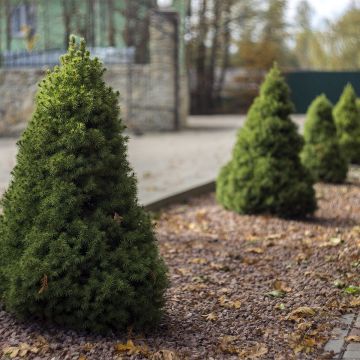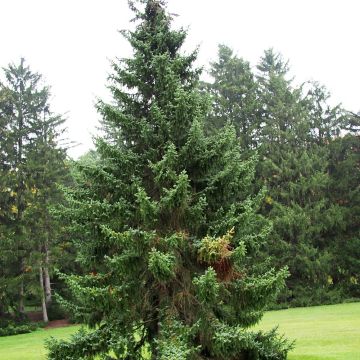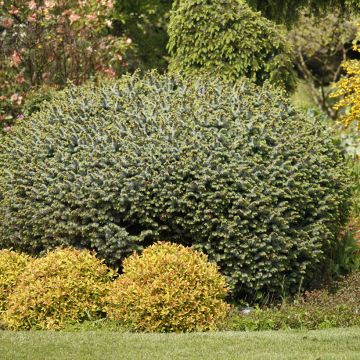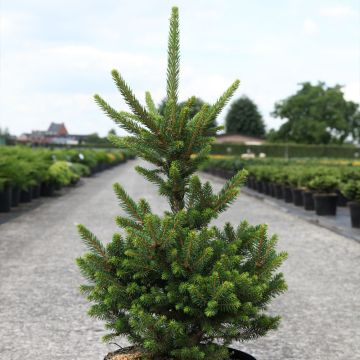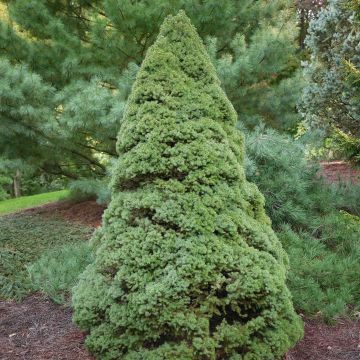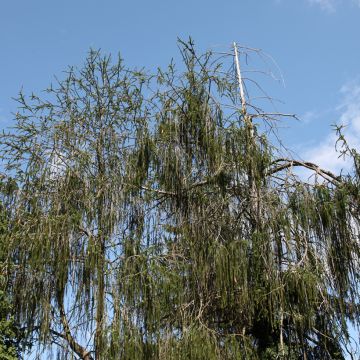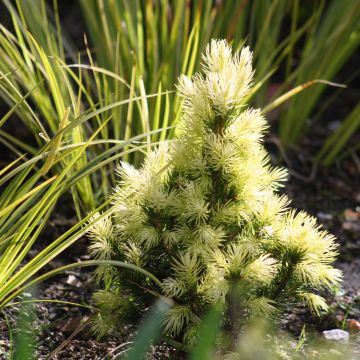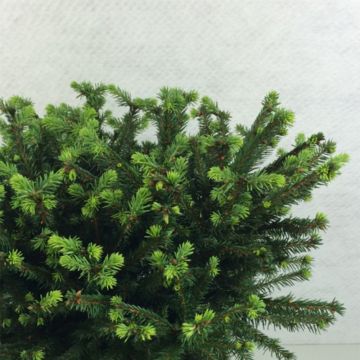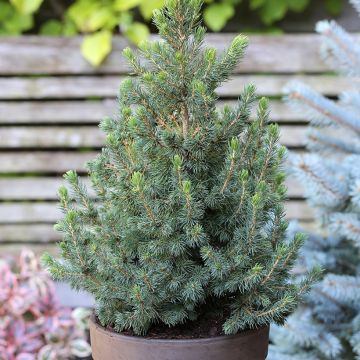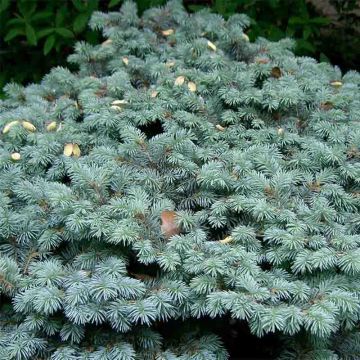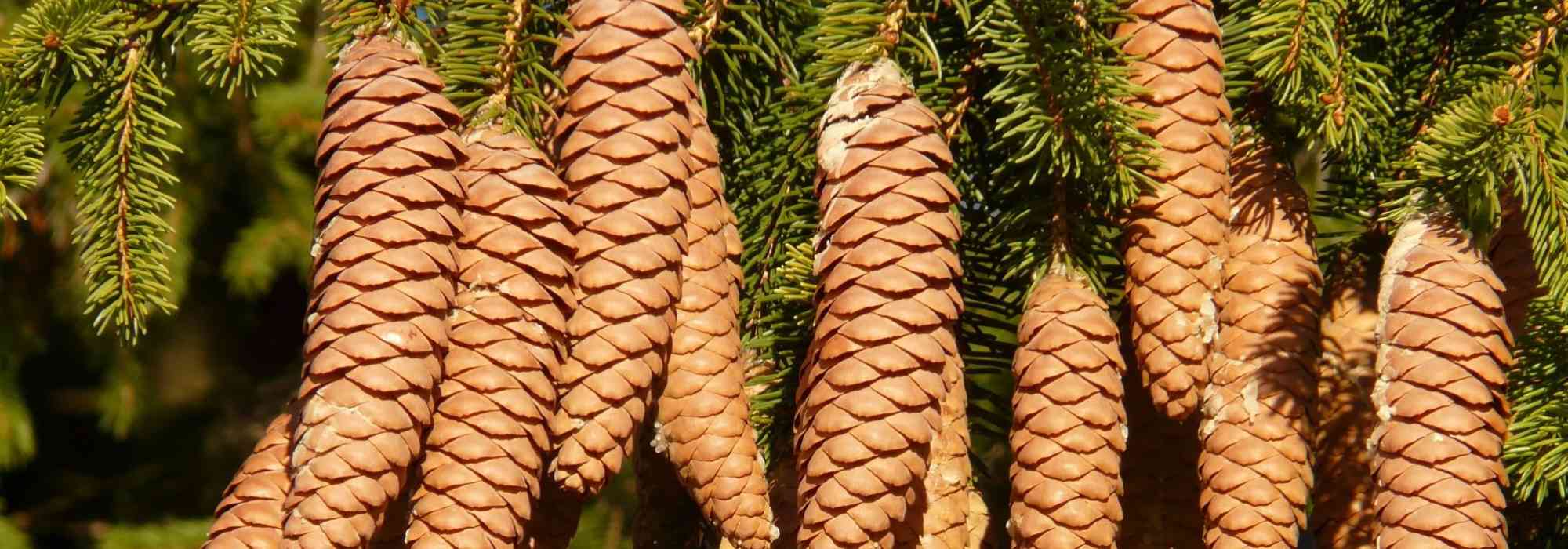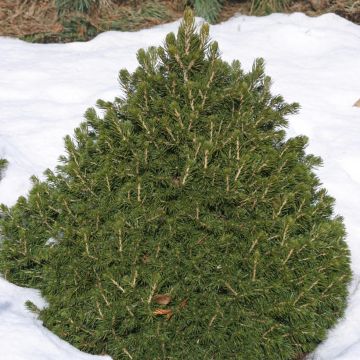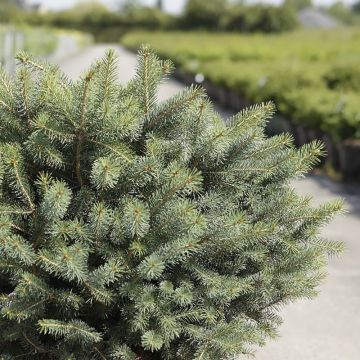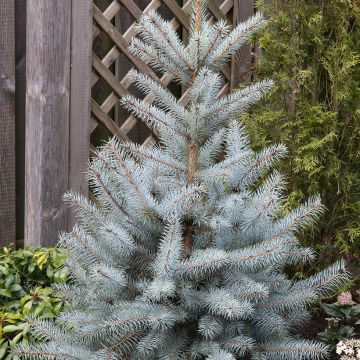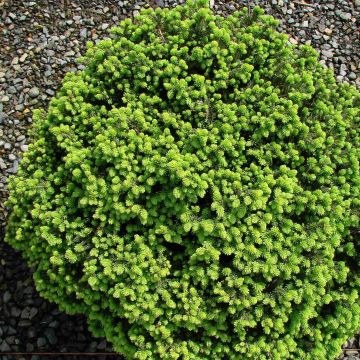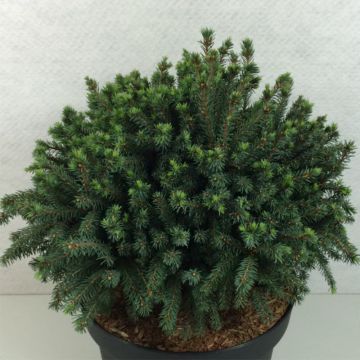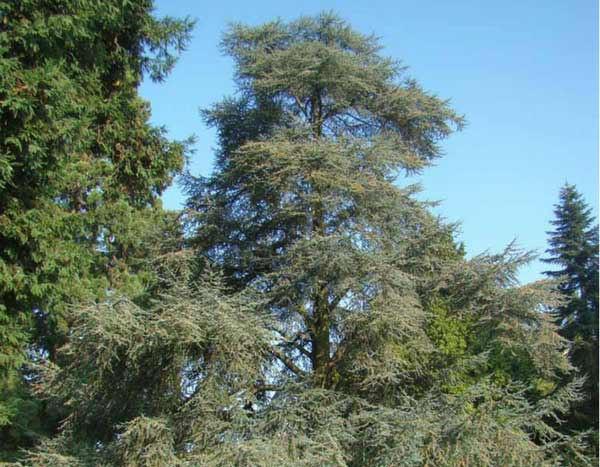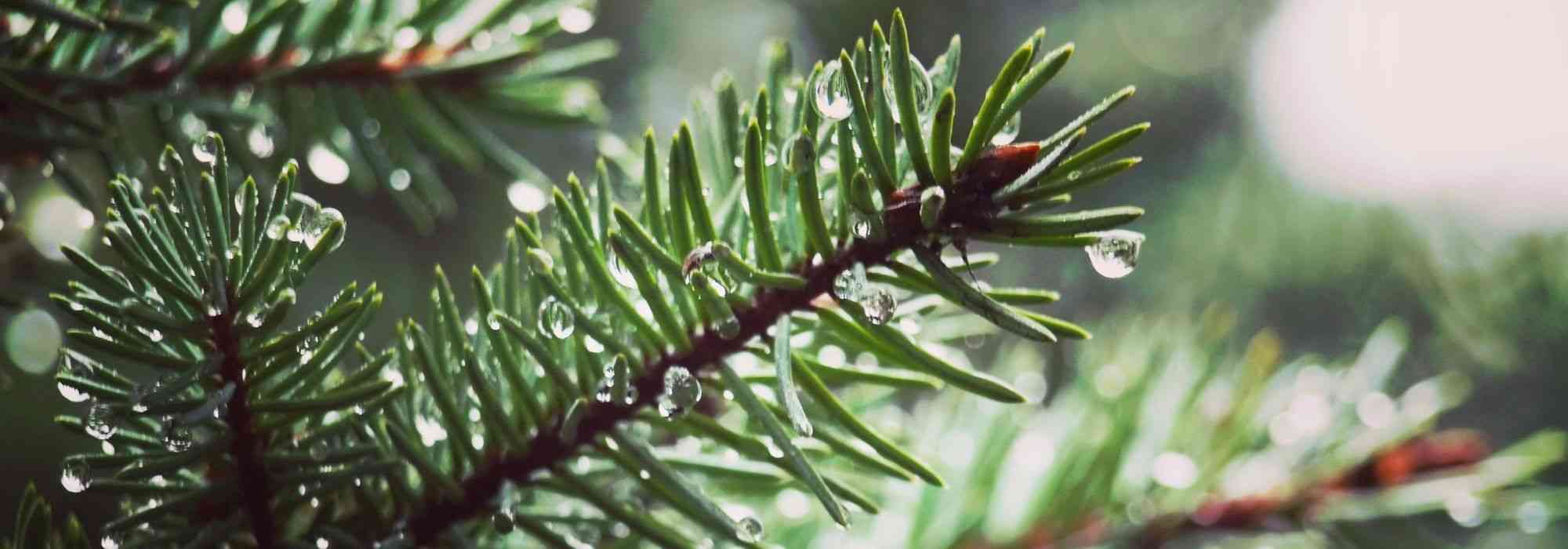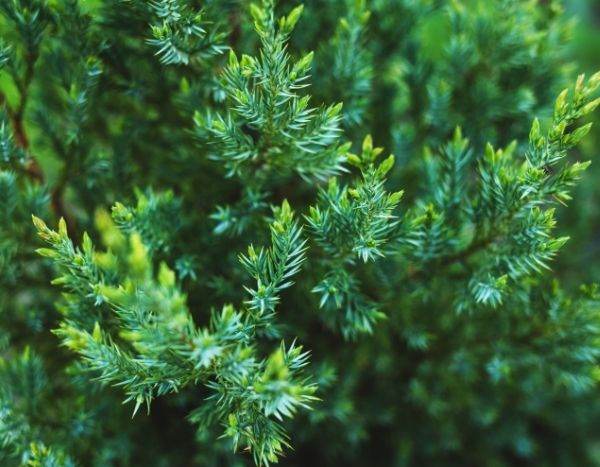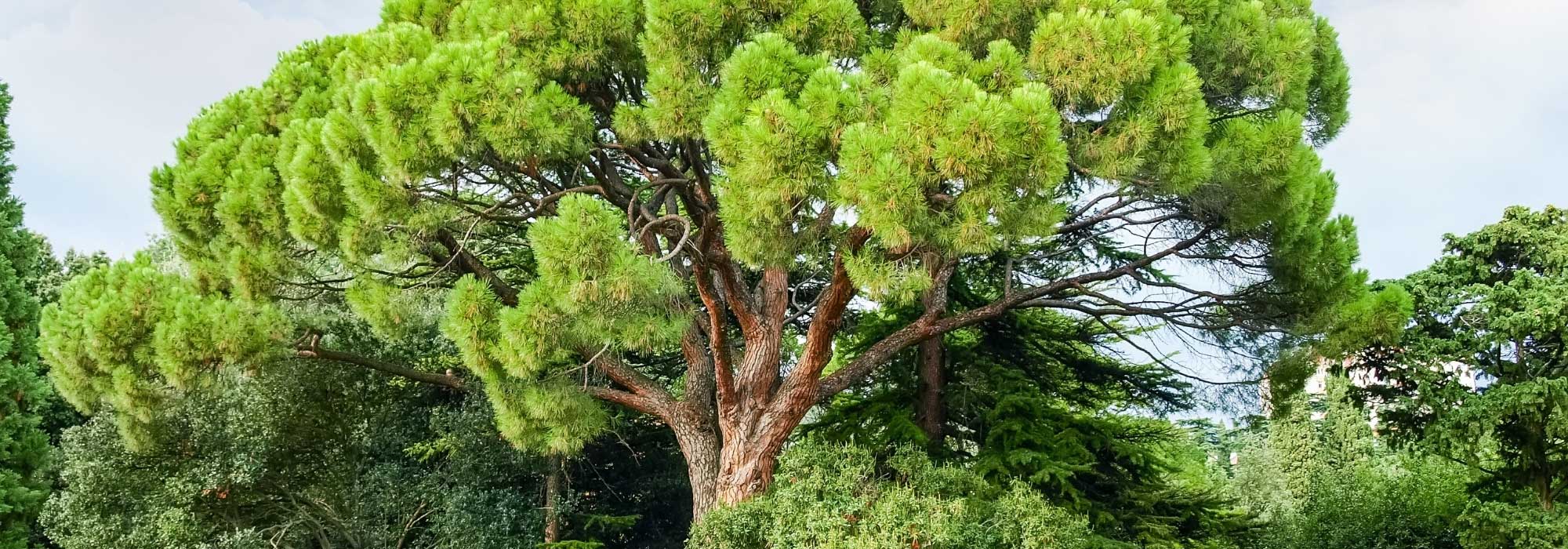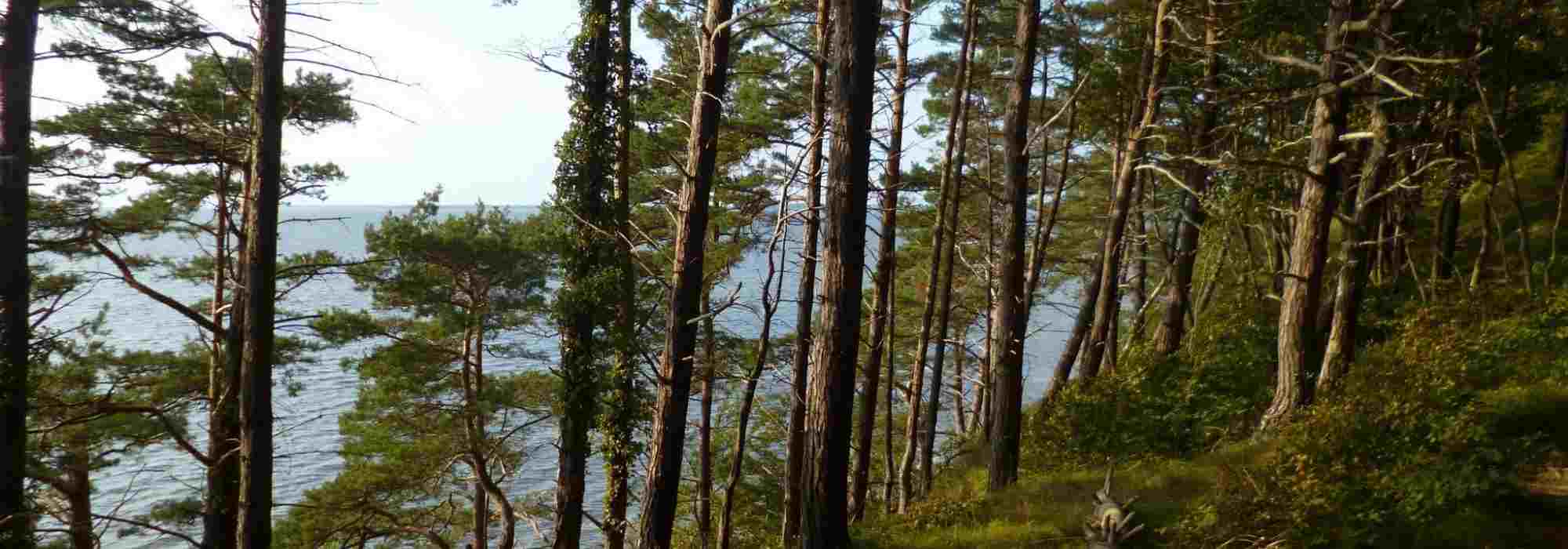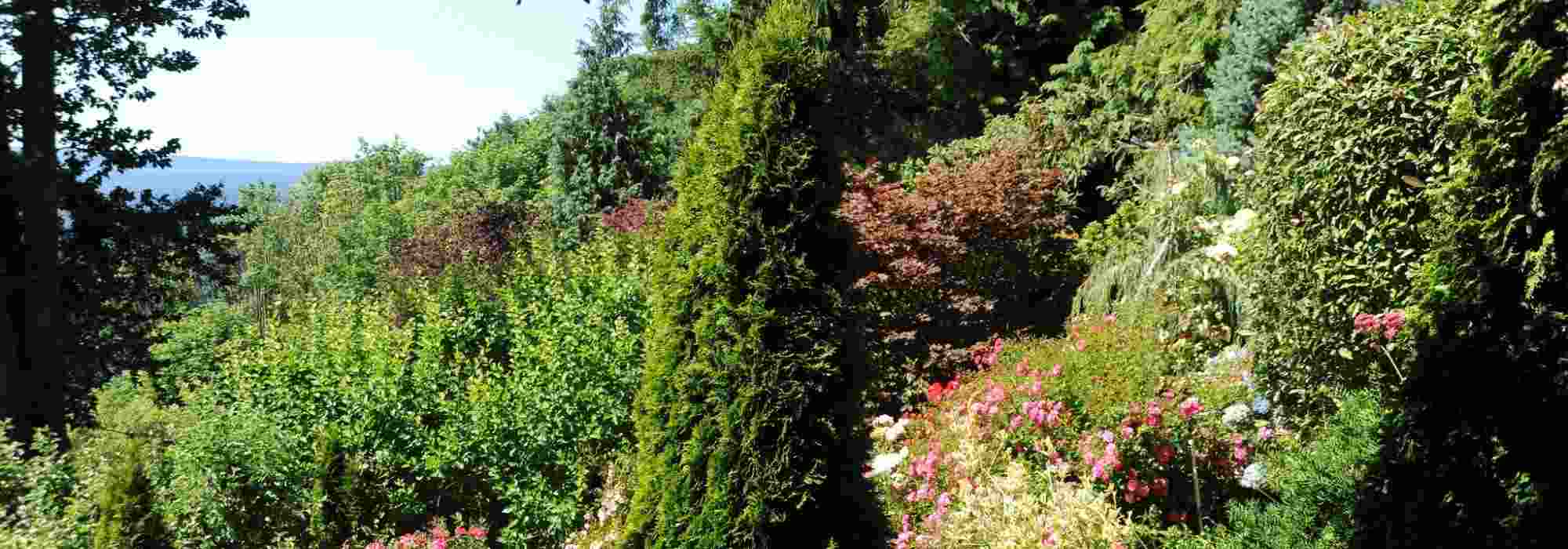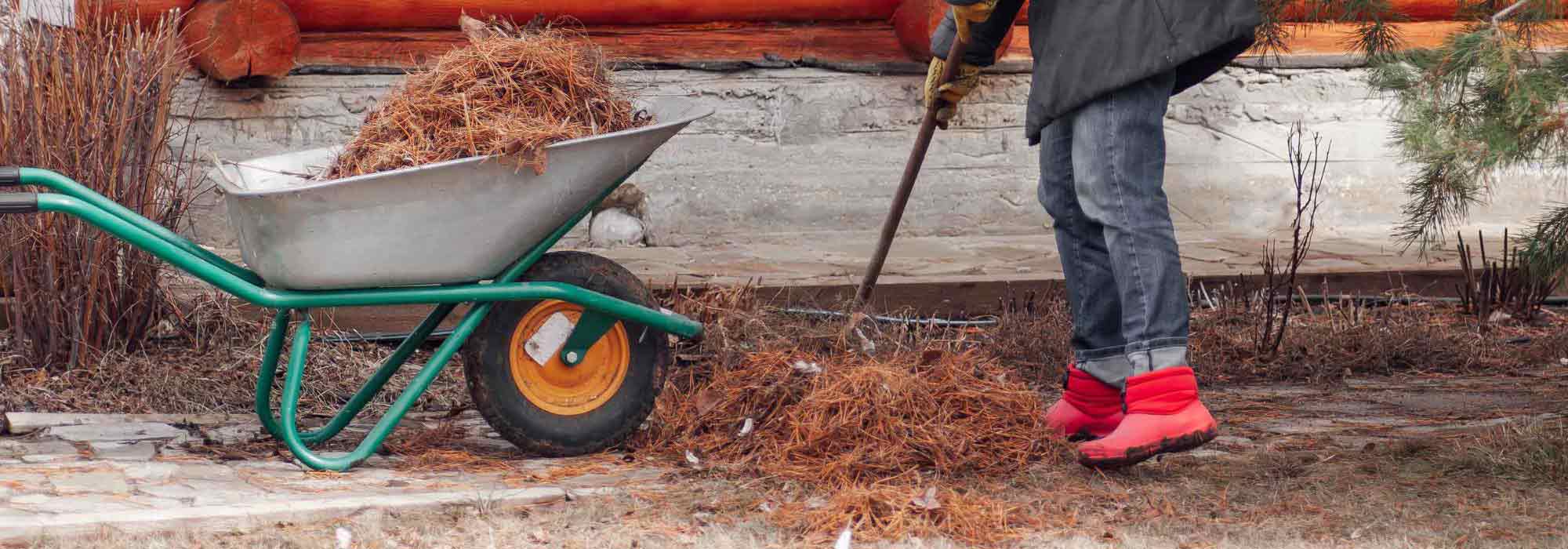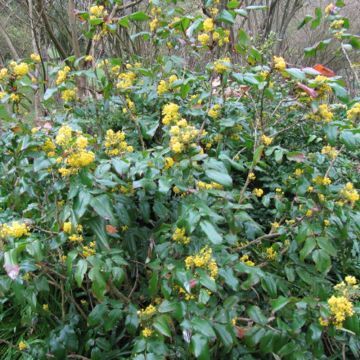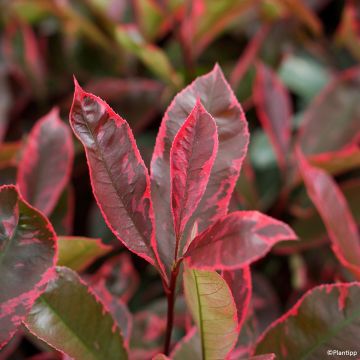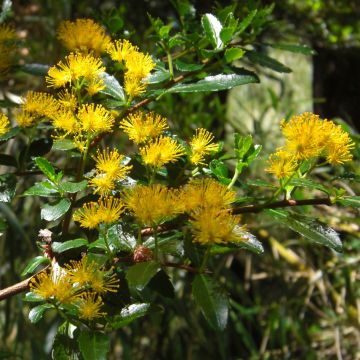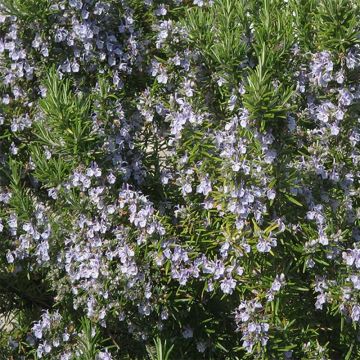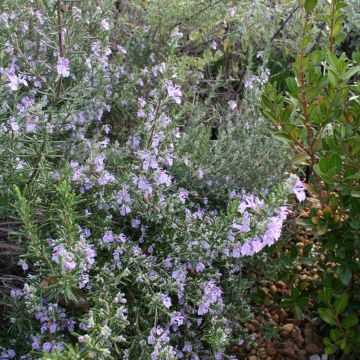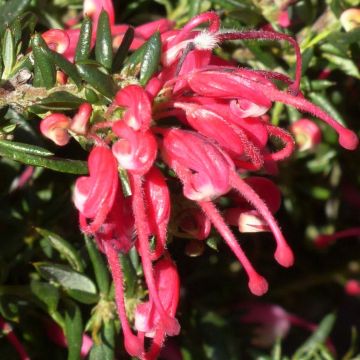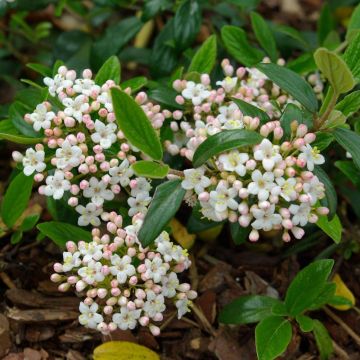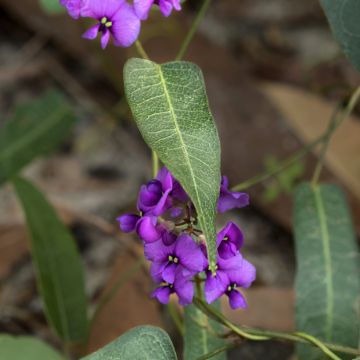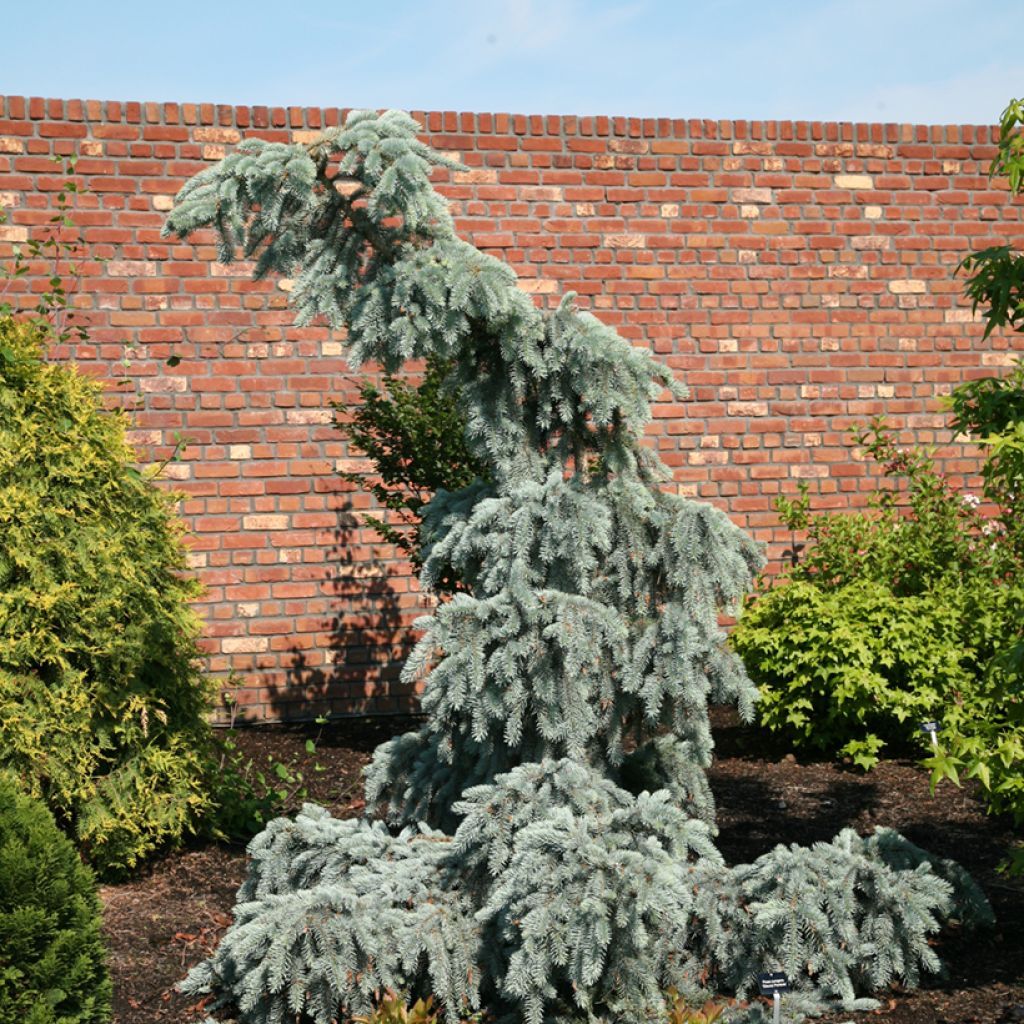

Picea pungens Glauca Pendula - Blue spruce
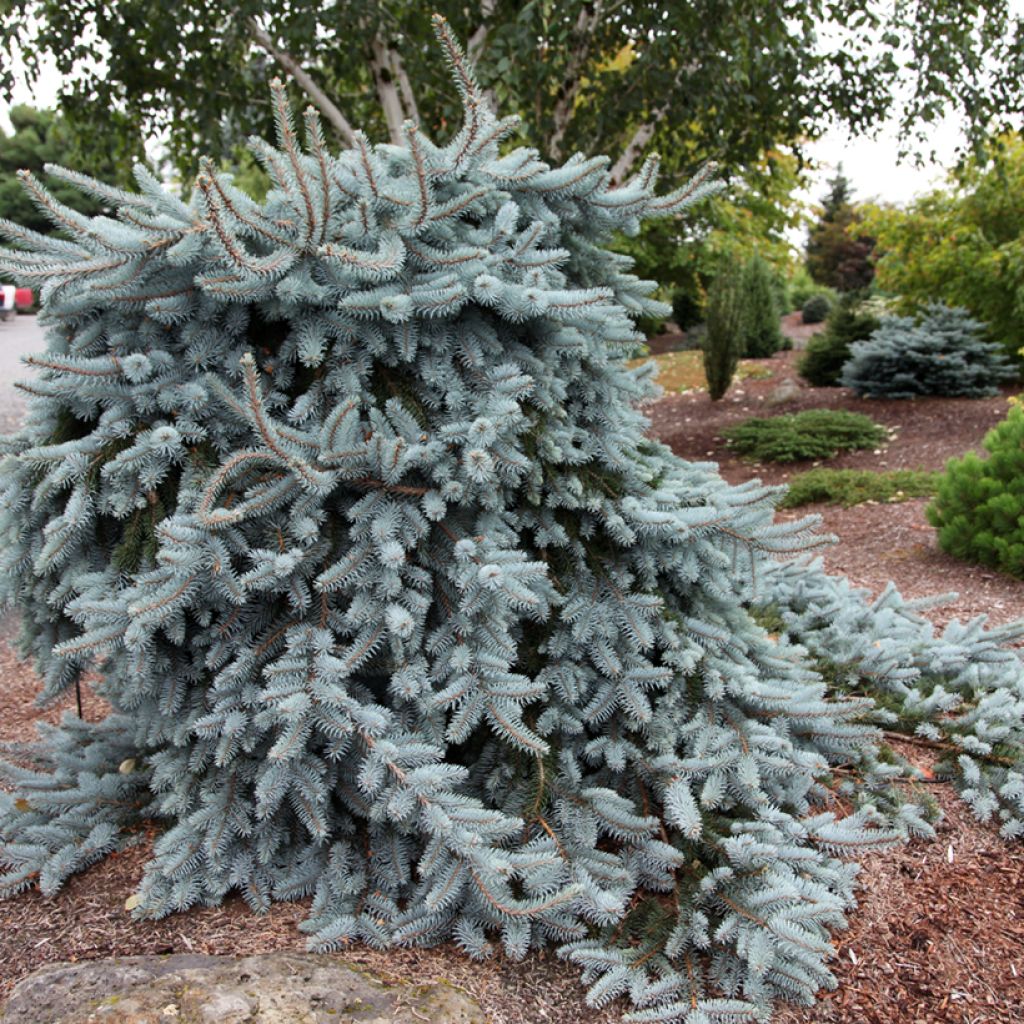

Picea pungens Glauca Pendula - Blue spruce
Picea pungens Glauca Pendula - Blue spruce
Picea pungens Glauca Pendula
Blue Spruce, Colorado Blue Spruce, Colorado Spruce, Silver Spruce
Special offer!
Receive a €20 voucher for any order over €90 (excluding delivery costs, credit notes, and plastic-free options)!
1- Add your favorite plants to your cart.
2- Once you have reached €90, confirm your order (you can even choose the delivery date!).
3- As soon as your order is shipped, you will receive an email containing your voucher code, valid for 3 months (90 days).
Your voucher is unique and can only be used once, for any order with a minimum value of €20, excluding delivery costs.
Can be combined with other current offers, non-divisible and non-refundable.
Why not try an alternative variety in stock?
View all →This plant carries a 24 months recovery warranty
More information
We guarantee the quality of our plants for a full growing cycle, and will replace at our expense any plant that fails to recover under normal climatic and planting conditions.
Would this plant suit my garden?
Set up your Plantfit profile →
Description
Picea pungens 'Glauca Pendula' is a dwarf and weeping form of the blue spruce. It develops a twisted habit with trailing branches along the trunk, eventually forming a narrow and columnar silhouette. Of moderate growth, it produces blue-grey needles densely arranged around its branches. Its compact and narrow size and low maintenance, make it suitable for planting in rockeries or flower beds, or even in pots on the terrace or in front of the house. It thrives everywhere, as long as it is in the sun, in well-drained soil, even occasionally dry and slightly chalky.
Native to the west coast of the United States, and the Rocky Mountains of North America, up to Canada, Picea pungens, also known as Colorado Blue Spruce or Blue Spruce, is a very hardy evergreen conifer belonging to the pinaceae family. In its natural environment, it grows slowly, with an elegant and very regular conical habit, with very tiered horizontal branches. This tree can reach a height of 25 to 40 m tolerating limestone soils and some drought.
The 'Glauca Pendula' variety, derived from this species, is a selection from seedlings by the Koster & Co. nursery in Boskoop, the Netherlands. It is a charming small conifer, with a pendulous and narrow habit. It reaches 3 to 5 m in height at maturity, but its growth is slow. It produces trailing branches along the trunk, covered with very short and sharp needles, arranged in dense brushes around the branches. Its foliage is a fairly light blue-grey. Its scaly, grey-purple bark is quite decorative.
The 'Glauca Pendula' Blue Spruce stands out for its original silhouette and compact growth that requires no maintenance, making it a perfect choice for rockeries or small flower beds, or even as a standalone specimen to highlight its twisted habit. Its ability to thrive in a pot also allows it to decorate a terrace. This spruce blends perfectly with rocks in the garden. It can be accompanied by dwarf conifers with columnar or rounded habits to enhance the visual impact through contrast. Essential in the creation of contemporary gardens that enhance the aesthetics of shapes, silhouettes, and textures rather than blooms. Conifers, with their constancy, can structure a space in a lasting way, delineate paths, border terraces and advantageously replace trimmed boxwoods or hollies. They pair well with ground cover plants such as aubrietas, ceraistes, bushy salvias, and flowering shrubs, allowing for a subtle play on volumes and colours.
Picea pungens Glauca Pendula - Blue spruce in pictures


Plant habit
Foliage
Botanical data
Picea
pungens
Glauca Pendula
Pinaceae
Blue Spruce, Colorado Blue Spruce, Colorado Spruce, Silver Spruce
Cultivar or hybrid
Other Picea
View all →Planting and care
Plant Picea pungens 'Glauca Pendula' from September to November and from February to June in fertile, well-drained, light, rather neutral, slightly calcareous, or slightly acidic soil, even dry in summer. A sandy, loamy, humus-bearing, or rocky soil will be perfect. Choose a sunny (or at most semi-shaded) location, sheltered from prevailing winds. In a wet situation, it will be more sensitive to root rot. Soak the root balls well before planting. You can add an organic fertiliser at planting and water generously in the first years and in case of prolonged drought. In poor soil, apply a special conifer fertiliser every year in April and hoe the soil in summer. This extremely hardy conifer dislikes heavy soils, waterlogged in winter.
Planting period
Intended location
Care
Planting & care advice
This item has not been reviewed yet - be the first to leave a review about it.
Similar products
Haven't found what you were looking for?
Hardiness is the lowest winter temperature a plant can endure without suffering serious damage or even dying. However, hardiness is affected by location (a sheltered area, such as a patio), protection (winter cover) and soil type (hardiness is improved by well-drained soil).

Photo Sharing Terms & Conditions
In order to encourage gardeners to interact and share their experiences, Promesse de fleurs offers various media enabling content to be uploaded onto its Site - in particular via the ‘Photo sharing’ module.
The User agrees to refrain from:
- Posting any content that is illegal, prejudicial, insulting, racist, inciteful to hatred, revisionist, contrary to public decency, that infringes on privacy or on the privacy rights of third parties, in particular the publicity rights of persons and goods, intellectual property rights, or the right to privacy.
- Submitting content on behalf of a third party;
- Impersonate the identity of a third party and/or publish any personal information about a third party;
In general, the User undertakes to refrain from any unethical behaviour.
All Content (in particular text, comments, files, images, photos, videos, creative works, etc.), which may be subject to property or intellectual property rights, image or other private rights, shall remain the property of the User, subject to the limited rights granted by the terms of the licence granted by Promesse de fleurs as stated below. Users are at liberty to publish or not to publish such Content on the Site, notably via the ‘Photo Sharing’ facility, and accept that this Content shall be made public and freely accessible, notably on the Internet.
Users further acknowledge, undertake to have ,and guarantee that they hold all necessary rights and permissions to publish such material on the Site, in particular with regard to the legislation in force pertaining to any privacy, property, intellectual property, image, or contractual rights, or rights of any other nature. By publishing such Content on the Site, Users acknowledge accepting full liability as publishers of the Content within the meaning of the law, and grant Promesse de fleurs, free of charge, an inclusive, worldwide licence for the said Content for the entire duration of its publication, including all reproduction, representation, up/downloading, displaying, performing, transmission, and storage rights.
Users also grant permission for their name to be linked to the Content and accept that this link may not always be made available.
By engaging in posting material, Users consent to their Content becoming automatically accessible on the Internet, in particular on other sites and/or blogs and/or web pages of the Promesse de fleurs site, including in particular social pages and the Promesse de fleurs catalogue.
Users may secure the removal of entrusted content free of charge by issuing a simple request via our contact form.
The flowering period indicated on our website applies to countries and regions located in USDA zone 8 (France, the United Kingdom, Ireland, the Netherlands, etc.)
It will vary according to where you live:
- In zones 9 to 10 (Italy, Spain, Greece, etc.), flowering will occur about 2 to 4 weeks earlier.
- In zones 6 to 7 (Germany, Poland, Slovenia, and lower mountainous regions), flowering will be delayed by 2 to 3 weeks.
- In zone 5 (Central Europe, Scandinavia), blooming will be delayed by 3 to 5 weeks.
In temperate climates, pruning of spring-flowering shrubs (forsythia, spireas, etc.) should be done just after flowering.
Pruning of summer-flowering shrubs (Indian Lilac, Perovskia, etc.) can be done in winter or spring.
In cold regions as well as with frost-sensitive plants, avoid pruning too early when severe frosts may still occur.
The planting period indicated on our website applies to countries and regions located in USDA zone 8 (France, United Kingdom, Ireland, Netherlands).
It will vary according to where you live:
- In Mediterranean zones (Marseille, Madrid, Milan, etc.), autumn and winter are the best planting periods.
- In continental zones (Strasbourg, Munich, Vienna, etc.), delay planting by 2 to 3 weeks in spring and bring it forward by 2 to 4 weeks in autumn.
- In mountainous regions (the Alps, Pyrenees, Carpathians, etc.), it is best to plant in late spring (May-June) or late summer (August-September).
The harvesting period indicated on our website applies to countries and regions in USDA zone 8 (France, England, Ireland, the Netherlands).
In colder areas (Scandinavia, Poland, Austria...) fruit and vegetable harvests are likely to be delayed by 3-4 weeks.
In warmer areas (Italy, Spain, Greece, etc.), harvesting will probably take place earlier, depending on weather conditions.
The sowing periods indicated on our website apply to countries and regions within USDA Zone 8 (France, UK, Ireland, Netherlands).
In colder areas (Scandinavia, Poland, Austria...), delay any outdoor sowing by 3-4 weeks, or sow under glass.
In warmer climes (Italy, Spain, Greece, etc.), bring outdoor sowing forward by a few weeks.






























